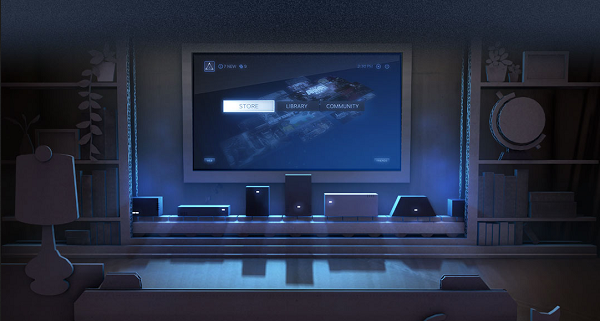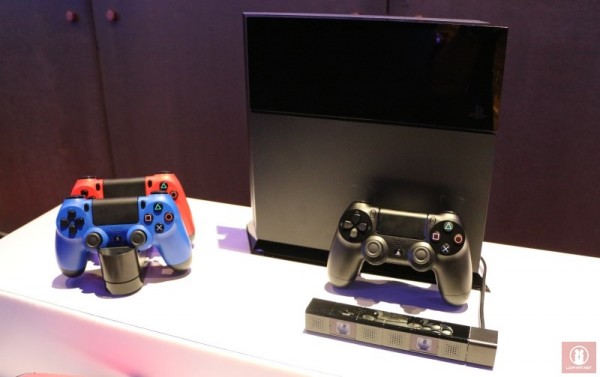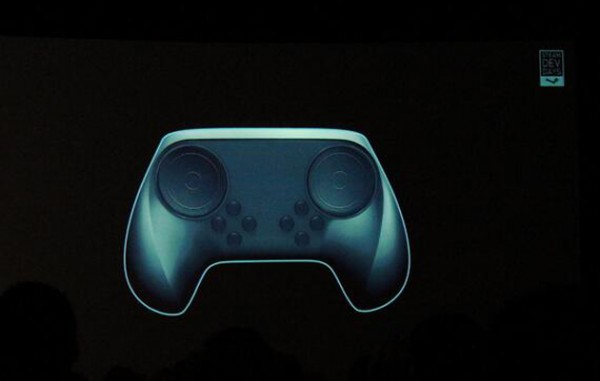
Last week, Valve unveiled the vendors for their Steam Machines. We also managed to catch a glimpse of what these consoles will look like, along with the potential specifications and price tags. These are not consoles by the traditional definition. For one, the higher end versions have internals that would make a Mac Pro weep in envy.
Yet, the lower end Steam Machines are barely out of the netbook stages of life. Naturally, there are plenty of machines in between to provide gamers with a variety of price points to suit the numerous budgets. These prices are also notably more expensive than the Sony Playstation 4 they intend to compete with.
This raises the question of, who is supposed to be buying a Steam Machine?
The initial reaction was that this is for PC gamers who want to play games in their living rooms. However, as many PC gamers will attest, this is reducing the amount of entertainment value that can be obtained from a gaming rig. After all, one big display is nothing compared to the multitasking power that comes from looking at three monitors at the same time.
Also, there always the issue of fighting family members for use of the TV.

Console gamers on the other hand, are ripe for conversion to the Steam Machine. It offers a wider selection of games with the kind of performance that consoles only dream of. On the other hand, for the price of a midrange Steam Machine, one could buy two different consoles plus accessories. A top end Machine costs enough for both those consoles and the down payment for a car.
Valve’s CEO, Gabe Newell, has not been silent about these machines. Even appearing onstage during Intel’s CES keynote speech to demonstrate the Steam Machine and the effectiveness of the Steam Controller at playing DOTA 2. Despite this, nobody knows who he expects to be fuelling sales of the consoles.
(On a side note, it appears that Valve is changing its mind about having three interfaces on a controller and is opting for buttons instead)

The reality of the situation is probably that Valve isn’t here to capture any of the console market, or even create a new way of playing PC games. Back when Windows 8 was launched, Newell declared it the death of PC gaming.
The reason behind the statement was the fear that Windows was becoming a closed eco-system; similar to what Android does with its app store. Despite this fear not coming to fruition, Valve and Newell appearing to be pushing to secure the future of PC gaming through the use of Linux based games.
Eurogamer wrote about how the Steam Machine is not a direct challenge to Microsoft or Sony. Rather that it is the first step in a long term plan to divorce PC gaming from an increasingly unreliable Windows Platform and DirectX. The idea is that Valve is playing the long game, just like it did with Steam which began life with a platform with only one game. Admittedly, that game was Half Life 2 which gave people a reason to pay attention to what was going on.

If Valve wants to pull the same stunt it did 10 years ago it has to start talking about the right message. As of now, everyone is expecting massive things from the console (although that expectation is a little more tempered now that we have seen the price of the things). This isn’t a minor novelty from a still growing company in an industry trying to find its way. It is a developer in charge of the largest digital gaming store on the planet, and is often seen as the champion of PC gaming. In this case, leaving gamers with high expectations and then not living up to it could be detrimental to the success of the long term plan.
And if the grand design really is a gaming PC that abandons Microsoft’s Windows, there is the challenge of convincing people to give up all those other utilities that come out of having a PC, like word processing, web browsers, and the ability to goof off without playing games. Unless SteamOS slowly grows into a full-fledged eco-system complete with productivity tools and other applications. However, that is a completely separate argument.
Basically, if Valve wants to play the long game it had better start putting in the right plays. It’s not like they don’t know how to do it; Steam now has over 75 million active users. It’s a matter of not letting the hype carry the whole plan off a cliff.
Follow us on Instagram, Facebook, Twitter or Telegram for more updates and breaking news.


